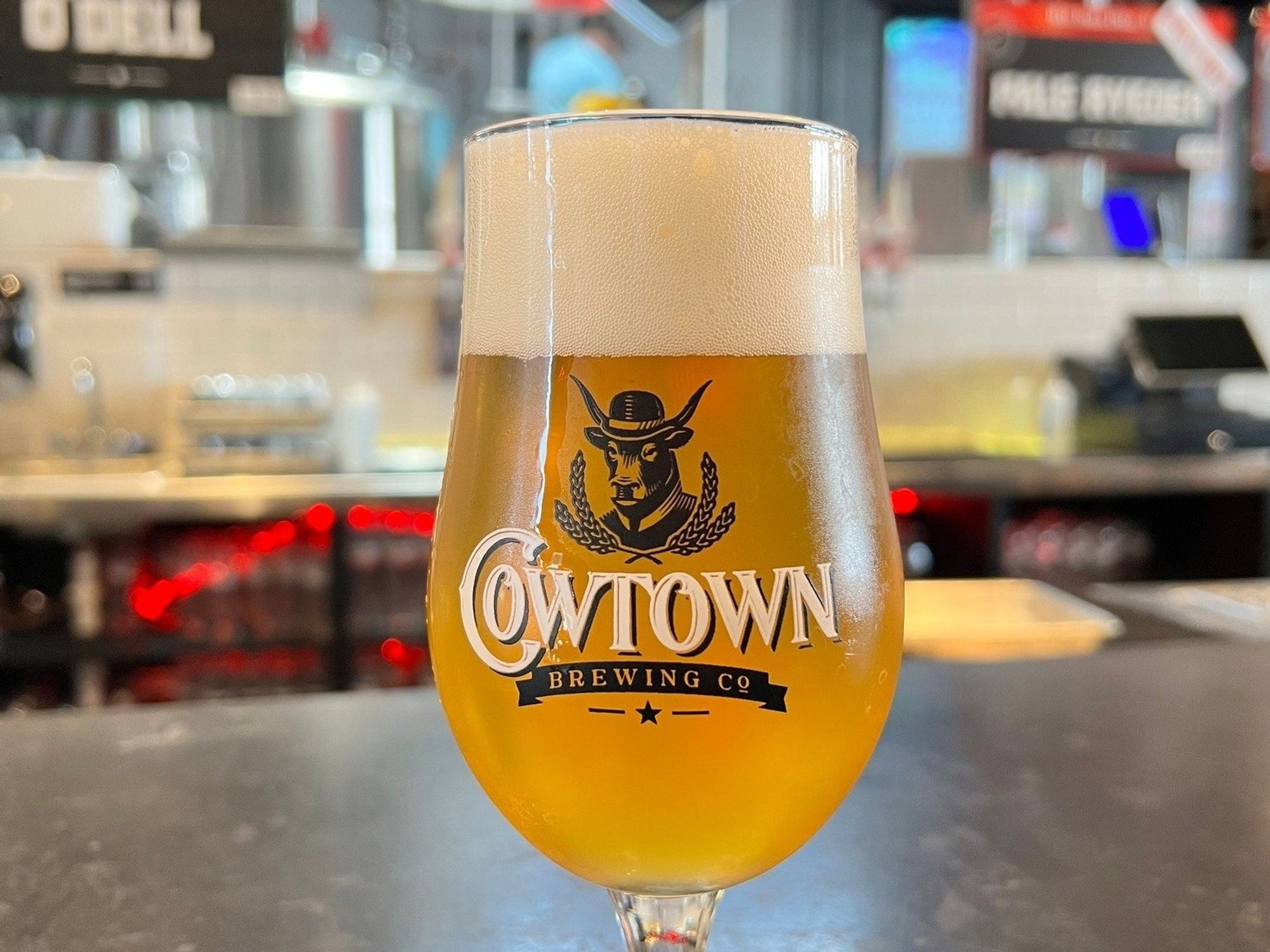Seawall Bar: Enjoy Drinks with Stunning Ocean Views in Galveston
Wiki Article
Unlocking the Mysteries of Distillery Processes: A Thorough Summary
Within the realm of distillery procedures lie details that frequently continue to be veiled to the informal observer. From the thorough art of mashing and fermentation to the alchemical changes that take place during distillation, each action holds its very own secrets waiting to be untangled. As we venture into the depths of spirit aging methods and the accuracy of quality control procedures, a tapestry of tastes and fragrances arises, shaped by classic practices and innovative methods. Join us as we start a trip to debunk the enigmatic globe of purification, where science meets creativity in a harmonious mix that mesmerizes the senses.The Art of Mashing and Fermentation
In the distillery procedure, the art of mashing and fermentation plays an essential role in changing raw materials into the first phases of alcohol production. Mashing entails the procedure of breaking down the starches in grains like barley, corn, or rye, right into fermentable sugars.When the wort is created, fermentation comes into play. Yeast, a vital gamer in this stage, is included in the wort to start the fermentation process. Yeast eats the sugars in the wort, creating alcohol and co2 as by-products. This transformative process typically takes numerous days to complete, depending on the preferred alcohol content and taste profile.
Mashing and fermentation are detailed processes that establish the foundation for the alcohol that will become distilled and aged to produce a final product with distinctive qualities and tastes.
Understanding the Purification Refine
One of the crucial stages in the production of alcohol involves comprehending the purification process. Distillation is an approach used to different alcohol from the fermented liquid, normally through home heating and cooling down processes. Throughout distillation, the fermented fluid is heated up in a still, causing the alcohol to evaporate at a lower temperature than water due to its reduced boiling factor. The vapor is then gathered and cooled down back right into fluid form, resulting in a much more focused alcohol web content.
Comprehending the distillation process is crucial for distillers to manage the quality, strength, and preference of the alcohol being generated. By mastering the art of distillation, distilleries can develop a wide variety of spirits with distinctive characteristics that attract various customer choices.
Keys of Spirit Aging Strategies
Checking out the complexities of spirit aging methods unveils the hidden artistry behind the development of nuanced tastes and fragrances in distilled beverages. The aging process is an essential phase in the manufacturing of spirits, where the fluid communicates with the oak barrels, soaking up substances that enrich its profile over time. Distilleries commonly make use of charred oak barrels, which impart unique flavors to the spirit through a procedure of removal and oxidation.In addition, the ecological problems in which the barrels are stored play a significant duty in shaping the end product. Changes in temperature and humidity can affect the rate of aging and the communications in between the spirit and wood. Master distillers masterfully navigate these variables to craft spirits with distinct personalities, embodying the end result of time-honored traditions and cutting-edge methods.
Quality Assurance and Testing Approaches
The careful craftsmanship showed in selecting barrels and managing aging durations in the spirits manufacturing procedure underscores the critical significance of strict quality assurance measures and exact testing techniques (Galveston Whiskey). Quality assurance in distilleries includes numerous phases to ensure that each batch satisfies the wanted standards. From raw product inspection to end product evaluation, each action is important in keeping consistency and excellenceOne necessary facet of quality assurance is sensory analysis, where trained professionals examine the fragrance, taste, and overall quality of the spirits. Chemical analysis methods such as gas chromatography and mass spectrometry are used to spot any type of pollutants or deviations from the desired structure. In addition, physical examinations like density measurements and pH analysis supply more insights into the item's characteristics.
To guarantee adherence to regulative demands and internal standards, distilleries also conduct microbiological testing to look for any type of microbial contamination that could influence the item's security and shelf life. By applying durable high quality control and testing approaches, distilleries can support their credibility for generating costs spirits regularly.
Exploring One-of-a-kind Flavor Mixtures

In the process of taste mixture, the chosen botanicals are included in the base spirit and entrusted to macerate or steep for a specific duration. This enables the alcohol to extract the tastes and essential oils from the botanicals, causing an unified blend of preferences (Galveston Whiskey). Distilleries may additionally utilize methods like vapor infusion or basket mixture throughout purification to give particular tastes to the spirit
Moreover, some distilleries choose barrel aging or barrel completing techniques to introduce added complexity and deepness to their spirits with interactions with the timber. These methods contribute to the development of special taste accounts that attract a critical target market looking for book and memorable alcohol consumption experiences.
Conclusion
Comprehending Seawall Bar the science behind these processes is essential for generating high-quality spirits. By opening the secrets of purification, distillers can develop unique and tasty spirits that appeal to a wide range of consumers.As we venture into the depths of spirit aging methods and the precision of high quality control procedures, a tapestry of tastes and aromas arises, formed by classic practices and cutting-edge practices. Distilleries typically make use of charred oak barrels, which give one-of-a-kind tastes to the spirit via a procedure of removal and oxidation.Making use of a varied variety of botanicals and active ingredients, distilleries can craft one-of-a-kind taste mixtures that set their spirits apart in an affordable market. Galveston Liquor.In the procedure of flavor infusion, the chosen botanicals are included to the base spirit and left to emaciate or high for a specific duration. Distilleries might additionally employ techniques like vapor mixture or basket mixture throughout purification to give particular flavors to the spirit
Report this wiki page